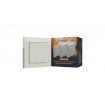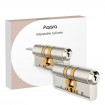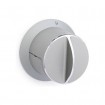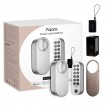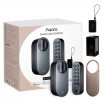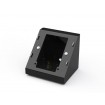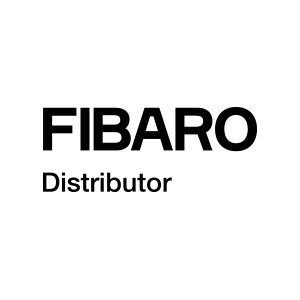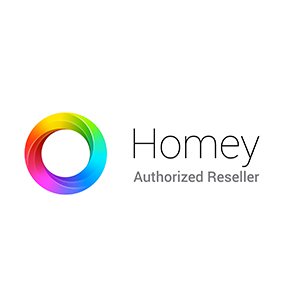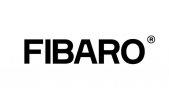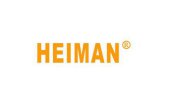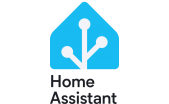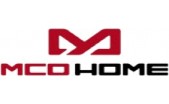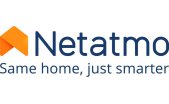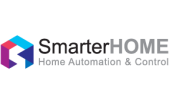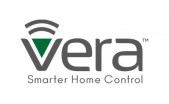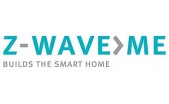Z-Wave FAQ
Frequently asked questions
How does Z-Wave work?
Z-Wave is a wireless technology that lets you control and monitor typical household devices such as power sockets, thermostats, boilers, motion sensors, blinds and window shutters, garage doors, IP cameras, power and water meters, and similar. Z-Wave devices communicate with one-another using a wireless signal at a frequency of 868.42MHz (EU).
Individual devices can be controlled by a Z-Wave control unit (with PC, tablet or mobile phone based access), remote controller, wall controller or even another Z-Wave device (for example a temperature sensor can send a signal to switch air-conditioning on and to close the blinds).
What do I need to control my home?
To create a smart home and control it really couldn't be simpler. To control Z-Wave devices in your home or flat, so creating a SMART HOME, you will need:
- A Z-Wave control unit - Z-Wave IP Controller or IP Gateway, which lets you control your home both locally (when at home) and remotely from anywhere using the Internet. All you need is to connect using a PC, tablet or mobile phone.
- Z-Wave devices - all Z-Wave devices we offer, such as wireless sensors and detectors, power meters, wireless termostats, light switches and dimmers, IP cameras, door locks, power sockets or blinds, window shutters and garage door control modules.
- Internet connection - if you want to remotely control your home or house, it is important to have an active Internet connection. If there is no Internet connection, you can still control your Z-Wave devices locally using a tablet or mobile phone or Z-Wave remote controllers.
Is installation simple?
Z-Wave devices are simple to install, frequently Plug-n-Play. It depends on the type of product. A sensor installation is different from a wall socket module installation, a boiler switching relay or power circuit switching relay installation. With all Z-Wave devices the DIY (do it yourself) installation is of vital importance.
Should you have problems installing or setting-up a device, the user manuals are on our website, or you can request assistance by e-mail or phone.
What Z-Wave products are available?
Of all the home automation solutions, Z-Wave has the best selection of products. At present there are over 900 products supplied by some 250 manufacturers. Z-Wave is simply the best and most suitable home automation and smart home technology of all available wireless technologies. All available Z-Wave products for Europe can be found here.
How much power do Z-wave devices consume?
Z-Wave technology has been optimised for power efficiency. A Z-Wave device can be powered either from the mains 110/230 VAC, 12/24 VDC or from a battery (average battery life is more than a year). For example, the Fibaro Z-Wave relay module uses less than 0.8W.
What is the range of the wireless Z-Wave signal?
The range of the Z-Wave signal is up to 100 meters out in the open, and 30 to 50 meters inside buildings.
Is the Z-Wave signal range sufficient even for large houses?
Z-Wave uses mesh topology, i.e. all devices can communicate with one-another. Z-Wave devices can also forward and route signal intended for other Z-Wave devices (routing). So the range and coverage of the wireless Z-Wave network grows with the number of devices in your home.
How many Z-Wave devices can be in my home?
Basically, as many as you want. However, a single Z-Wave control unit (IP Controller) can control a maximum of 232 Z-Wave devices.
And what about electromagnetic pollution? Isn't the Z-Wave signal harmful to health?
No, the Z-Wave standard specifies that the maximum output power is 10mW with a duty cycle of about 1%. To put this into perspective, the output power of a mobile phone is around 2,000mW. So the Z-Wave devices emit 4,000-times less power than a mobile phone.
Does the Z-Wave signal interfere with other home systems, such as a WiFi network?
No, the Z-Wave frequency used within the EU was set to 868.42 MHz. Typical home WiFi networks use the 2.4 and 5 GHz frequency band.

